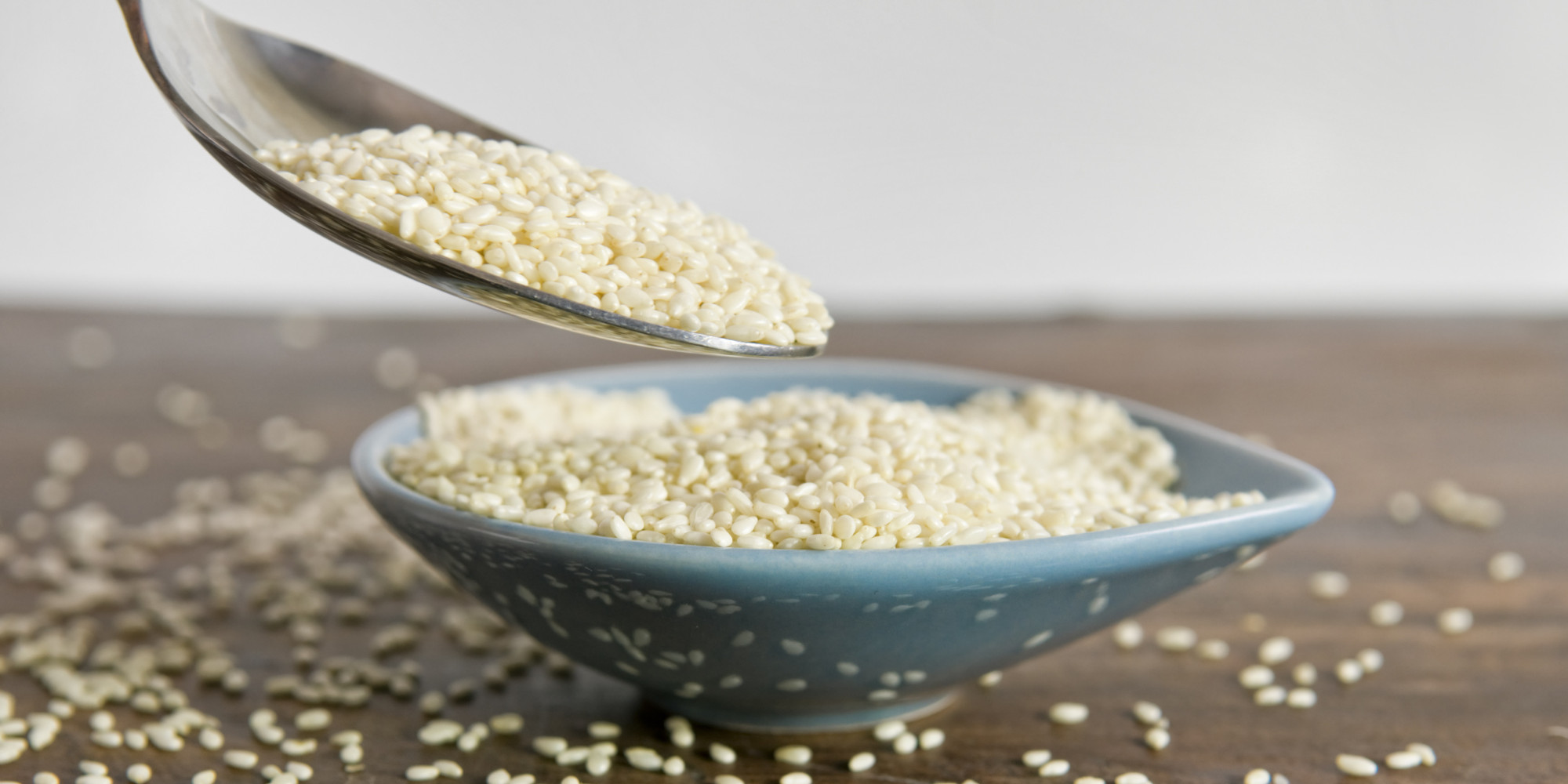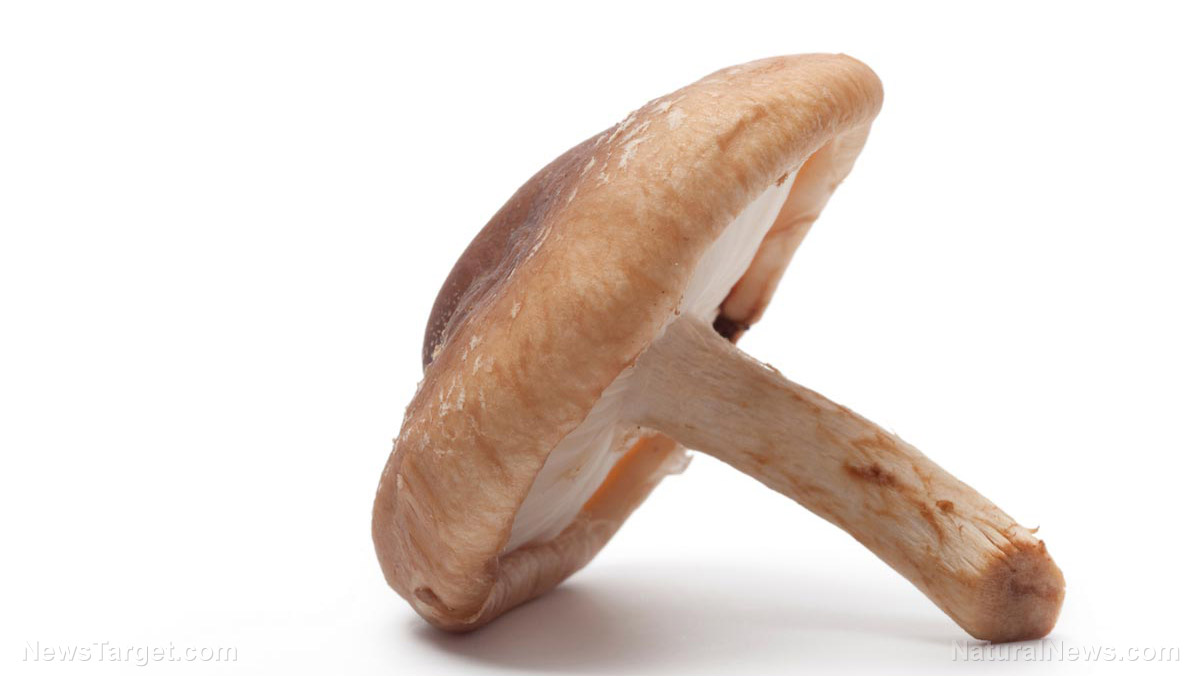12 weeks of Pilates can reduce some chronic musculoskeletal conditions
01/20/2019 / By Michelle Simmons

People with chronic musculoskeletal conditions may want to consider signing up for a Pilates exercise program. A study has found that it can help people with chronic musculoskeletal conditions function better and manage their conditions more effectively and independently. The study, which was conducted by researchers from the University of Salford in the U.K., was the first study to look at the individual perceptions of the effect of Pilates on the everyday lives of people with these conditions.
For the study, published in the journal Musculoskeletal Care, the researchers recruited 22 people aged between 36 to 83 years old, who suffered from a range of chronic musculoskeletal conditions, such as nonspecific low back pain, peripheral joint osteoarthritis, and a range of postsurgical conditions. The participants took part in a Pilates exercise program which lasted for 12 weeks.
As the researchers looked at the impact of the 12-week Pilates exercise program on the perceptions of adult patients with chronic musculoskeletal conditions, they found that the program significantly improved the physical health of the participants. Participants were also more likely to pursue a more active lifestyle, as it improved their performance at work and hobbies. Additionally, the Pilates exercise program allowed the participants to manage their condition better and more independently.
With these findings, the researchers concluded that Pilates provides physical, mental, and social benefits to people with chronic musculoskeletal conditions. It allowed them to function better and helped them manage their condition on their own.
Pilates and its other health benefits
Even if you do not suffer from musculoskeletal conditions, you can still practice Pilates and experience its benefits. Pilates was created by Joseph Pilates in the early 20th century as a physical fitness regimen. Today, it has become popular and is practiced by over 12 million people. It is described as an art of controlled movements that provides both mental and physical benefits. Here are some of them:
- Pilates conditions every part of the body: Unlike some forms of exercises, Pilates is a whole-body exercise. This means that each part of the body is trained. It focuses on core strength, conditioning the whole body. The core muscles of your body, which include abdominal muscles, lower back, hips, and buttocks, are kept lean, toned, and strengthened with Pilates. An evenly balanced and conditioned body helps you move with greater ease and leads to better performance and less injury risk.
- Pilates enhances flexibility: Pilates involves stretching exercises, which help elongate muscles and increase your range of motion. In turn, this helps the body feel looser and improves your overall workout performance.
- Pilates improves breathing: Pilates involves careful attention to breathing patterns as you move and exercise. This, in turn, improves your lung function, as well as blood circulation.
- Pilates improves posture: Poor posture often leads to muscular imbalance, but with Pilates, this can be corrected. Regularly practicing Pilates will result in better posture. Better posture also contributes to better balance.
- Pilates increase mind-body awareness: Practicing Pilates helps you become more aware of your body and your movements and have better control of your body.
- Pilates strengthens joints: With Pilates, the muscles are elongated and strengthened. This results in enhanced muscle elasticity and joint mobility. This also leads to the prevention of weak or stiff joints and even arthritis. (Related: Pilates better than conventional therapeutic exercises in decreasing pain in patients with knee osteoarthritis.)
Read more news stories and studies on the health benefits of Pilates by going to Naturopathy.news.
Sources include:
Tagged Under: alternative medicine, arthritis, back pain, chronic musculoskeletal conditions, exercise, fitness, healing, musculoskeletal health, natural health, natural medicine, natural remedies, Naturopathy, nonspecific low back pain, Osteoarthritis, Pilates, prevention, psychological health, remedies, research, social well-being



















